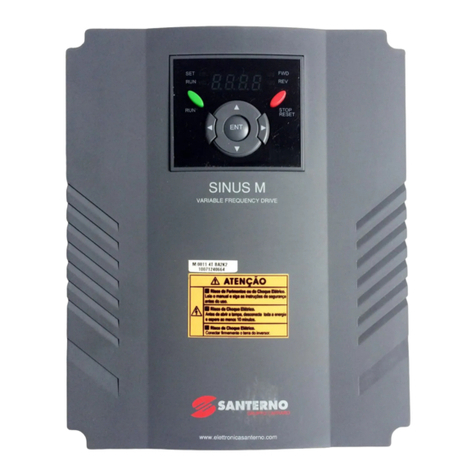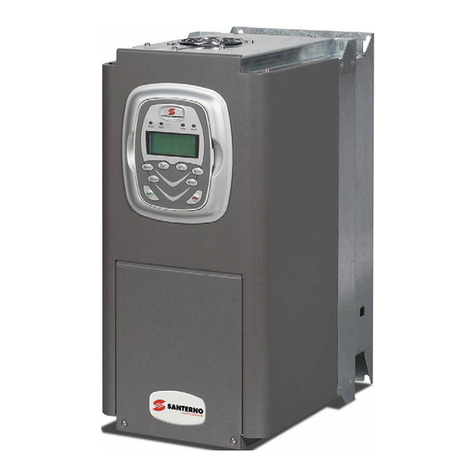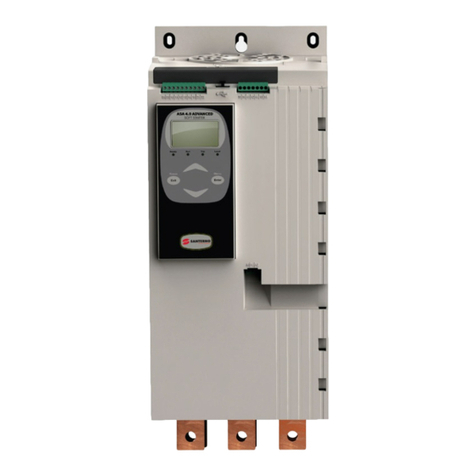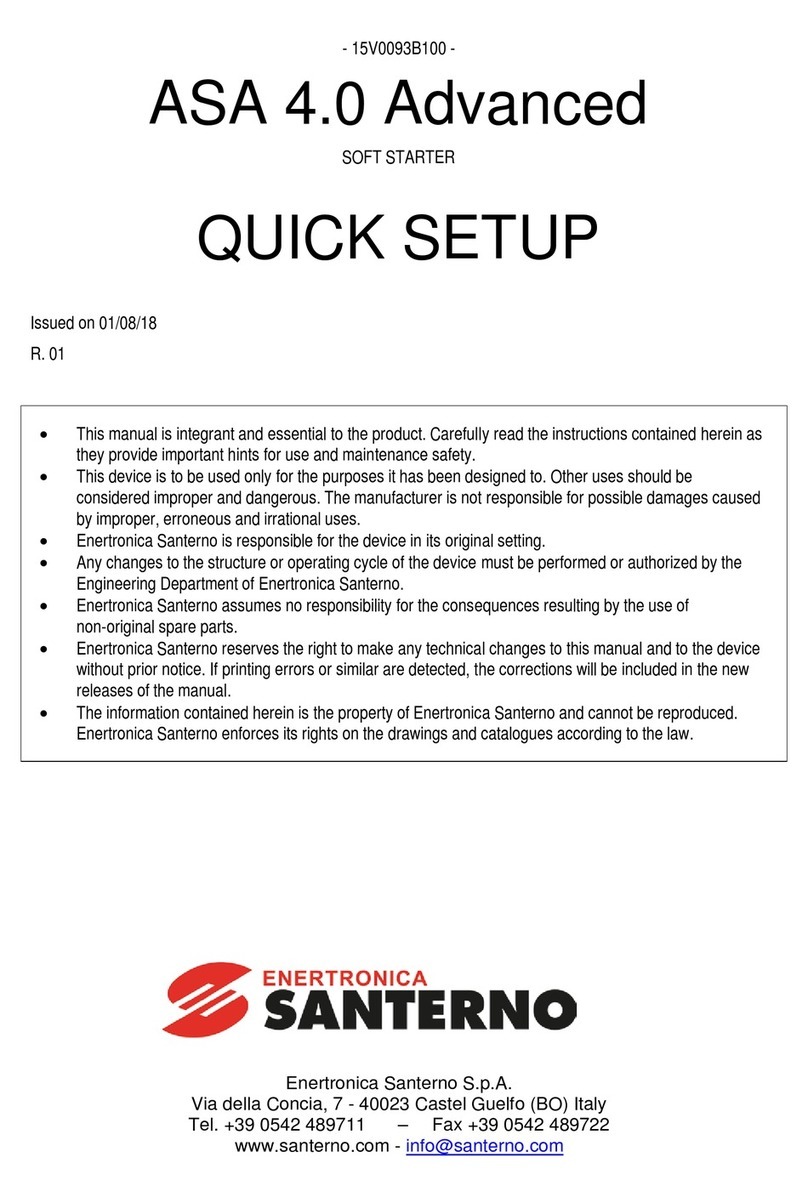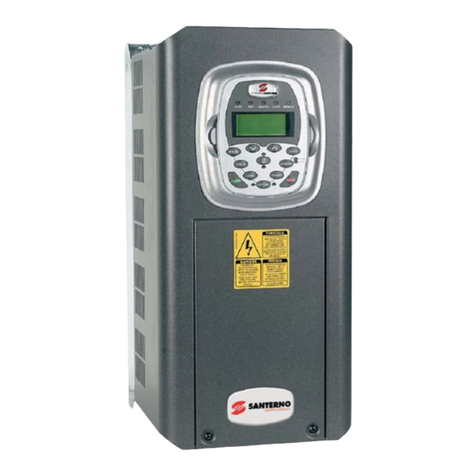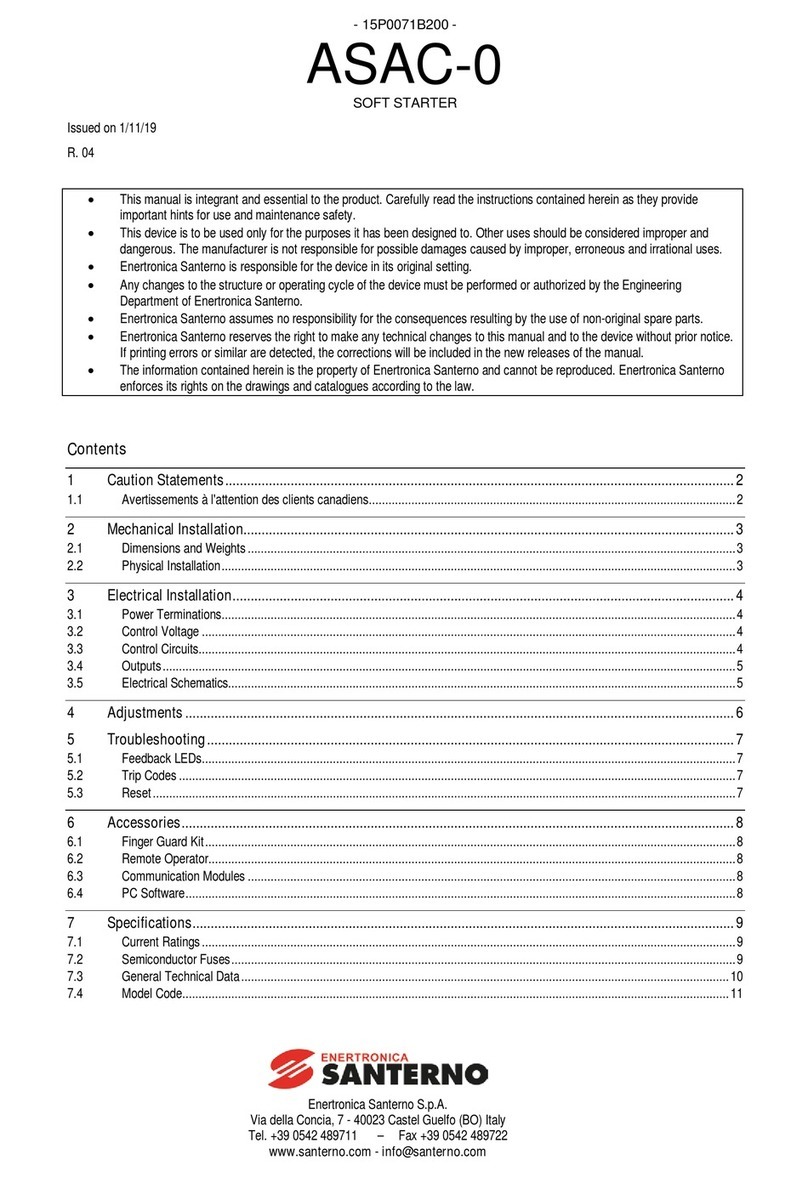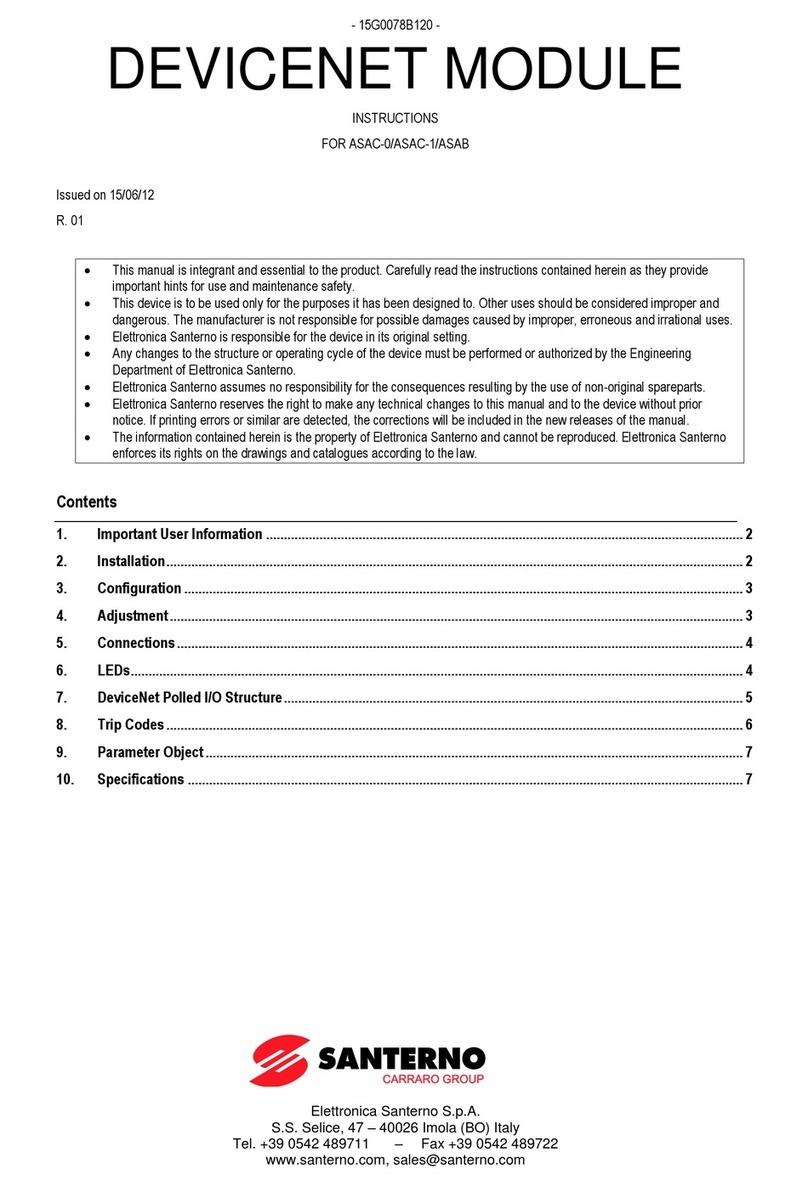
Contents
1About This Manual .....................................................................................................................................................3
2Caution Statements....................................................................................................................................................3
2.1 Electrical Shock Risk.....................................................................................................................................................................3
2.2 System Design and Safety of Personnel.......................................................................................................................................3
2.3 Disposal Instructions .....................................................................................................................................................................4
3Introduction ................................................................................................................................................................5
3.1 Feature List ...................................................................................................................................................................................5
3.2 Specifications ................................................................................................................................................................................5
4Installation ................................................................................................................................................................11
4.1 Physical Installation.....................................................................................................................................................................11
4.2 Control Terminals........................................................................................................................................................................11
4.3 Control Voltage............................................................................................................................................................................12
4.4 Control Wiring..............................................................................................................................................................................12
4.5 Relay Outputs..............................................................................................................................................................................12
4.6 Motor Thermistors .......................................................................................................................................................................12
4.7 Power Terminations ....................................................................................................................................................................13
4.8 Power Input and Output Configurations......................................................................................................................................14
4.9 Schematic Diagrams ...................................................................................................................................................................15
5Power Circuits ..........................................................................................................................................................16
5.1 Motor Connection........................................................................................................................................................................16
5.2 Bypass Contactor........................................................................................................................................................................19
5.3 Main Contactor............................................................................................................................................................................19
5.4 Circuit Breaker.............................................................................................................................................................................19
5.5 Earth Terminals...........................................................................................................................................................................19
5.6 Power Factor Correction .............................................................................................................................................................19
5.7 Power Supply Fuses ...................................................................................................................................................................19
6Operation ..................................................................................................................................................................24
6.1 Keypad and Feedback ................................................................................................................................................................24
6.2 Start, Stop and Reset Commands ..............................................................................................................................................26
6.3 Soft Start Methods.......................................................................................................................................................................26
6.4 Stop Methods ..............................................................................................................................................................................29
6.5 Jog Operation..............................................................................................................................................................................31
6.6 Inside Delta Operation ................................................................................................................................................................32
7Programming Menu..................................................................................................................................................33
7.1 Quick Setup.................................................................................................................................................................................34
7.2 Standard Menu............................................................................................................................................................................35
7.3 Extended Menu ...........................................................................................................................................................................36
7.4 Parameter Descriptions...............................................................................................................................................................38
7.5 Adjustment Lock..........................................................................................................................................................................49
7.6 Access Code ...............................................................................................................................................................................49
7.7 Setup Tools .................................................................................................................................................................................49
8Logs Menu ................................................................................................................................................................51
8.1 Trip Log .......................................................................................................................................................................................51
8.2 Event Log ....................................................................................................................................................................................51
8.3 Performance Counters ................................................................................................................................................................51
9Application Examples..............................................................................................................................................52
9.1 Installation with Main Contactor ..................................................................................................................................................52
9.2 Installation with Bypass Contactor ..............................................................................................................................................53
9.3 Emergency Run Operation..........................................................................................................................................................54
9.4 Auxiliary Trip Circuit ....................................................................................................................................................................55
9.5 DC Brake with External Zero Speed Sensor...............................................................................................................................56
9.6 Soft Braking.................................................................................................................................................................................57
9.7 Two Speed Motor........................................................................................................................................................................58
10 Troubleshooting.......................................................................................................................................................59
